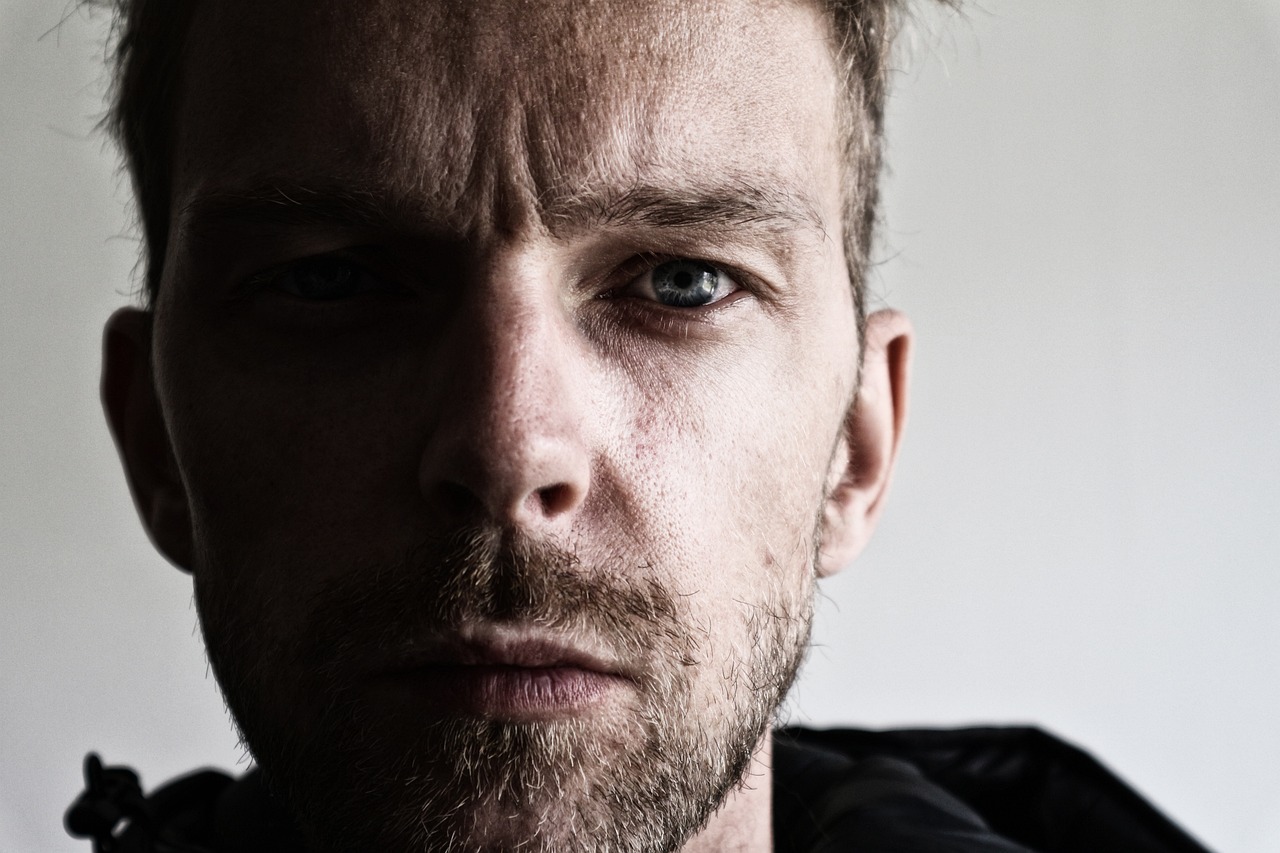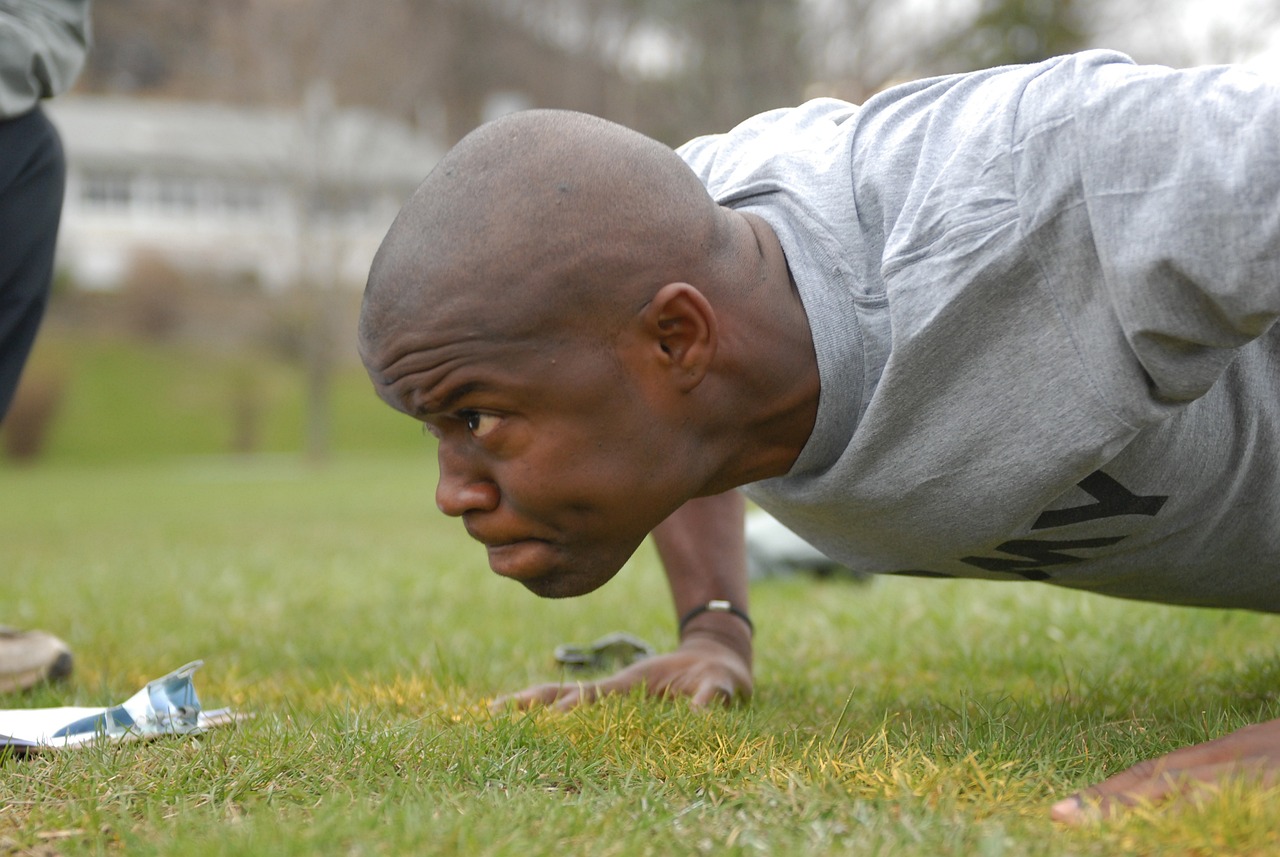The phrase “hurt people hurt people” is a powerful, concise statement that speaks to the deep psychological and emotional truth behind human behavior. At its core, this saying suggests that those who have been hurt, often through trauma, pain, or emotional distress, are more likely to inflict harm on others. It reflects the cyclical nature of pain, where unresolved wounds can lead to further harm, perpetuating a cycle of suffering. But what does this phrase truly mean, and how can understanding it help us break the cycle?
1. The Origins and Significance of the Phrase
While the exact origins of the phrase “hurt people hurt people” are unclear, it has become a widely recognized expression in psychology, counseling, and everyday conversations about emotional well-being. The phrase captures the idea that when people are hurt—whether emotionally, physically, or psychologically—they may, consciously or unconsciously, pass on that pain to others.
This can manifest in various ways, such as through anger, aggression, withdrawal, or even self-destructive behavior. The phrase serves as a reminder that the pain someone inflicts on others is often a reflection of their own inner turmoil and unresolved issues.
2. The Psychological Basis: How Pain Begets Pain
The concept behind “hurt people hurt people” is rooted in psychological theories of behavior and trauma. When individuals experience significant emotional pain or trauma, they often develop defense mechanisms to protect themselves. These mechanisms can include anger, hostility, and distrust, which may lead to harmful behavior toward others.
One key theory related to this is the cycle of abuse, which suggests that those who experience abuse or trauma, particularly in childhood, are more likely to exhibit similar behavior later in life. This doesn’t mean that every person who is hurt will go on to hurt others, but the unresolved pain can make it more challenging to break free from the patterns of harmful behavior.
Understanding the psychological basis of this phrase can help us develop empathy for those who hurt others, recognizing that their actions may stem from a place of deep pain and suffering. For more on how trauma influences behavior, this article from Psychology Today provides a detailed exploration.

3. Breaking the Cycle: Healing and Forgiveness
The idea that “hurt people hurt people” is not meant to excuse harmful behavior but to explain it. Understanding the origins of someone’s pain can be the first step toward breaking the cycle. Healing from past hurts involves acknowledging the pain, processing emotions, and seeking professional help if needed.
Forgiveness also plays a crucial role in breaking the cycle. This doesn’t mean condoning harmful behavior, but rather letting go of the hold that pain has on one’s life. Forgiving those who have hurt us can free us from the cycle of resentment and anger, allowing space for healing and growth.
Moreover, for those who recognize their own harmful behavior as stemming from unresolved pain, seeking therapy or counseling can be a transformative step. Addressing the root causes of one’s pain can lead to healthier ways of coping and interacting with others. This resource from the American Psychological Association offers more information on trauma, recovery, and the importance of seeking help.
4. Empathy and Understanding: A Path to Compassion
The phrase “hurt people hurt people” also calls for a broader societal response based on empathy and understanding. When we encounter someone who is acting out of pain, instead of responding with judgment or anger, we can choose to respond with compassion. This doesn’t mean accepting harmful behavior, but rather understanding that there may be deeper issues at play.
By cultivating empathy, we can create environments where people feel safe to express their pain and seek help, rather than resorting to harmful behaviors. This approach can help prevent the cycle of hurt from continuing and foster a more supportive, healing community.
Conclusion: Turning Pain into Healing
“Hurt people hurt people” is a profound reminder of the impact that pain can have on human behavior. It challenges us to look beyond the surface of someone’s actions and to consider the deeper wounds that might be driving their behavior. By recognizing this cycle, we can take steps to heal ourselves, forgive others, and respond to pain with empathy rather than judgment.
Breaking the cycle of hurt requires a conscious effort to address our own pain and to approach others with compassion. Through understanding, healing, and forgiveness, it is possible to transform pain into a force for positive change, rather than allowing it to perpetuate further harm.



